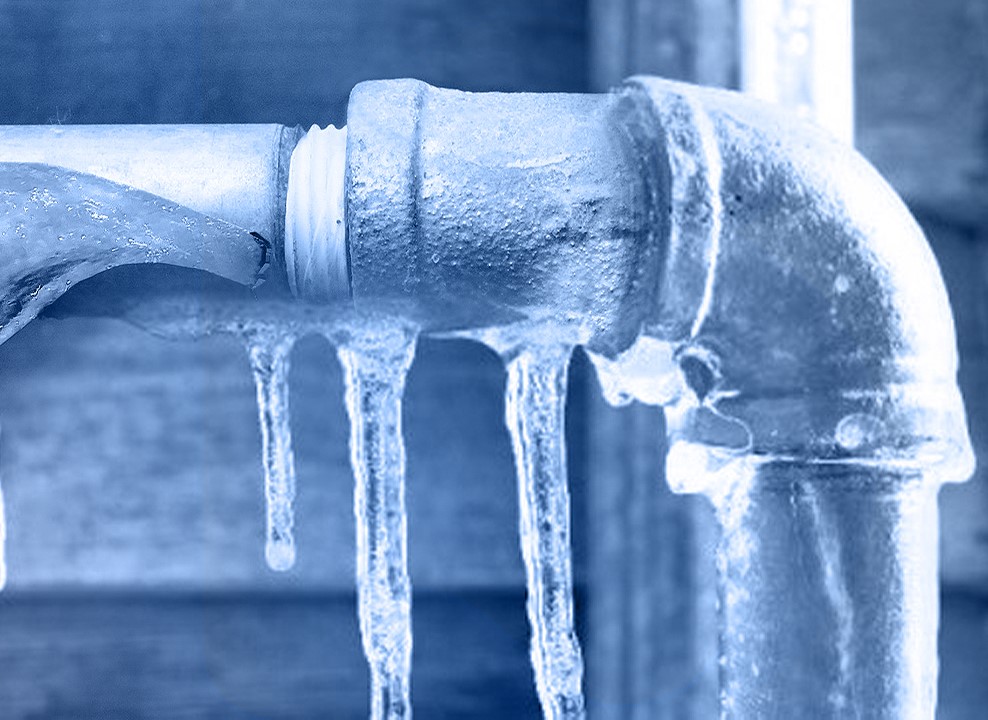How to Safeguard Your Pipes from Freezing: Specialist Advice
How to Safeguard Your Pipes from Freezing: Specialist Advice
Blog Article
How do you actually feel with regards to Prevent Frozen Pipes ?

Winter can ruin your plumbing, specifically by freezing pipes. Right here's exactly how to stop it from happening and what to do if it does.
Introduction
As temperatures decline, the danger of icy pipelines boosts, possibly bring about costly fixings and water damages. Comprehending just how to prevent frozen pipes is crucial for homeowners in cool climates.
Understanding Icy Pipelines
What triggers pipes to freeze?
Pipes ice up when exposed to temperatures listed below 32 ° F (0 ° C) for prolonged periods. As water inside the pipes freezes, it increases, taxing the pipe walls and possibly creating them to rupture.
Threats and problems
Icy pipelines can bring about water system disturbances, home damage, and costly fixings. Ruptured pipelines can flooding homes and create extensive architectural damages.
Indicators of Frozen Pipeline
Recognizing icy pipes early can stop them from breaking.
Just how to recognize icy pipelines
Look for reduced water circulation from faucets, uncommon smells or sounds from pipes, and noticeable frost on revealed pipelines.
Prevention Tips
Protecting susceptible pipes
Cover pipelines in insulation sleeves or utilize heat tape to protect them from freezing temperatures. Concentrate on pipelines in unheated or outside locations of the home.
Home heating methods
Keep interior spaces properly heated up, especially locations with plumbing. Open up cabinet doors to permit cozy air to distribute around pipes under sinks.
Protecting Outdoor Pipes
Yard pipes and outdoor taps
Separate and drain pipes yard hoses before winter season. Install frost-proof faucets or cover exterior taps with insulated caps.
What to Do If Your Pipes Freeze
Immediate activities to take
If you presume icy pipes, keep taps available to soothe stress as the ice thaws. Utilize a hairdryer or towels soaked in warm water to thaw pipes gradually.
Long-Term Solutions
Structural changes
Think about rerouting pipes far from exterior walls or unheated areas. Include extra insulation to attic rooms, basements, and crawl spaces.
Upgrading insulation
Purchase high-quality insulation for pipelines, attic rooms, and walls. Correct insulation helps preserve constant temperature levels and reduces the danger of icy pipelines.
Conclusion
Avoiding frozen pipelines calls for positive steps and quick reactions. By understanding the causes, indicators, and safety nets, property owners can secure their pipes throughout cold weather.
5 Ways to Prevent Frozen Pipes
Drain Outdoor Faucets and Disconnect Hoses
First, close the shut-off valve that controls the flow of water in the pipe to your outdoor faucet. Then, head outside to disconnect and drain your hose and open the outdoor faucet to allow the water to completely drain out of the line. Turn off the faucet when done. Finally, head back to the shut-off valve and drain the remaining water inside the pipe into a bucket or container. Additionally, if you have a home irrigation system, you should consider hiring an expert to clear the system of water each year.
Insulate Pipes
One of the best and most cost-effective methods for preventing frozen water pipes is to wrap your pipes with insulation. This is especially important for areas in your home that aren’t exposed to heat, such as an attic. We suggest using foam sleeves, which can typically be found at your local hardware store.
Keep Heat Running at 65
Your pipes are located inside your walls, and the temperature there is much colder than the rest of the house. To prevent your pipes from freezing, The Insurance Information Institute suggests that you keep your home heated to at least 65 degrees, even when traveling. You may want to invest in smart devices that can keep an eye on the temperature in your home while you’re away.
Leave Water Dripping
Moving water — even a small trickle — can prevent ice from forming inside your pipes. When freezing temps are imminent, start a drip of water from all faucets that serve exposed pipes. Leaving a few faucets running will also help relieve pressure inside the pipes and help prevent a rupture if the water inside freezes.
Open Cupboard Doors
Warm your kitchen and bathroom pipes by opening cupboards and vanities. You should also leave your interior doors ajar to help warm air circulate evenly throughout your home.

We had been made aware of that article about How to Prevent Your Pipes From Freezing through a buddy on our other blog. Loved our review? Please quickly share it. Let others locate it. I recognize the value of your readership.
Call Today Report this page